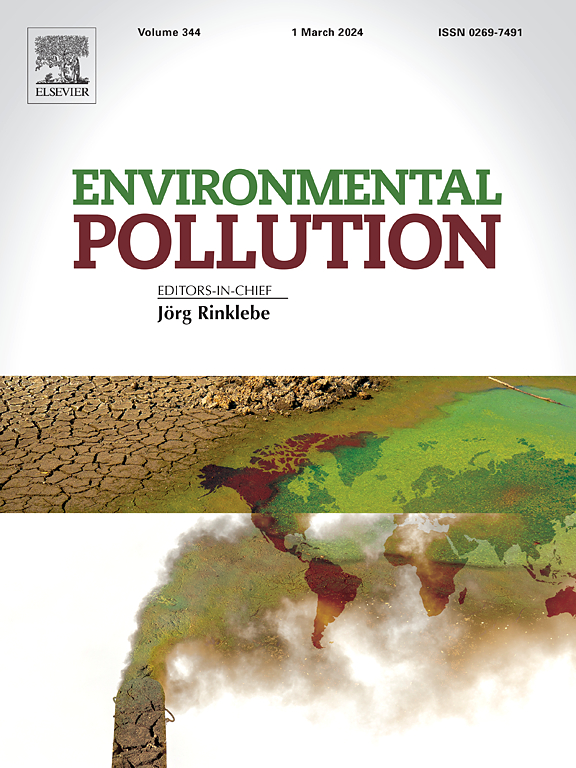Soil properties explain the variability in tire wear particle effects in soil based on a laboratory test with 59 soils
IF 7.6
2区 环境科学与生态学
Q1 ENVIRONMENTAL SCIENCES
引用次数: 0
Abstract
Tire wear particles (TWPs) are among the most prevalent microplastics in the environment, with potential detrimental effects on ecosystem health and functionality. While little is known how the effects of TWPs on soil physicochemical and microbial properties vary across different soil types, and if so, which factors contribute to this variability. To address this knowledge gap, we conducted a laboratory experiment involving soils from 59 grassland plots across two sampling regions in Germany, each experienced varying land use intensities. These soils were treated with and without TWPs at a concentration of 10 mg g−1. At harvest, we measured soil water-stable aggregates (WSA), pH, respiration, and decomposition rate. Our results revealed that TWPs negatively, neutrally, or positively impacted these parameters depending on soil types. Random forest analysis indicated that the variability in TWP effects was significantly explained by grazing frequency for WSA (14.5%), by clay content for pH (9%), by bulk density for respiration (7.9%), and by silt content for decomposition rate (12%). Partial dependence analysis further suggested that low-intensity grazing (∼ 0.7 to 1.2) reduced TWP effects on WSA; clay content (420 to 550 g kg−1) increased TWP effects on pH; bulk density (0.75 to 0.88) decreased TWP effects, and silt content (460 to 620 g kg−1) enhanced TWP effects on decomposition rate, with the identified thresholds of 1.45, 353 g kg−1, 0.84, and 327 353 g kg−1, respectively. These results highlighted the context-dependent nature of TWP pollution, with significant variability observed across different sampling points. Additionally, our findings suggest that TWP pollution is particularly of concern in soils with high clay, silt, high bulk density, and areas with intensive land-use intensity. Our study contributes to a better understanding of the mechanisms by which TWPs impact soil, and how these effects are regulated by environmental factors.

求助全文
约1分钟内获得全文
求助全文
来源期刊

Environmental Pollution
环境科学-环境科学
CiteScore
16.00
自引率
6.70%
发文量
2082
审稿时长
2.9 months
期刊介绍:
Environmental Pollution is an international peer-reviewed journal that publishes high-quality research papers and review articles covering all aspects of environmental pollution and its impacts on ecosystems and human health.
Subject areas include, but are not limited to:
• Sources and occurrences of pollutants that are clearly defined and measured in environmental compartments, food and food-related items, and human bodies;
• Interlinks between contaminant exposure and biological, ecological, and human health effects, including those of climate change;
• Contaminants of emerging concerns (including but not limited to antibiotic resistant microorganisms or genes, microplastics/nanoplastics, electronic wastes, light, and noise) and/or their biological, ecological, or human health effects;
• Laboratory and field studies on the remediation/mitigation of environmental pollution via new techniques and with clear links to biological, ecological, or human health effects;
• Modeling of pollution processes, patterns, or trends that is of clear environmental and/or human health interest;
• New techniques that measure and examine environmental occurrences, transport, behavior, and effects of pollutants within the environment or the laboratory, provided that they can be clearly used to address problems within regional or global environmental compartments.
 求助内容:
求助内容: 应助结果提醒方式:
应助结果提醒方式:


